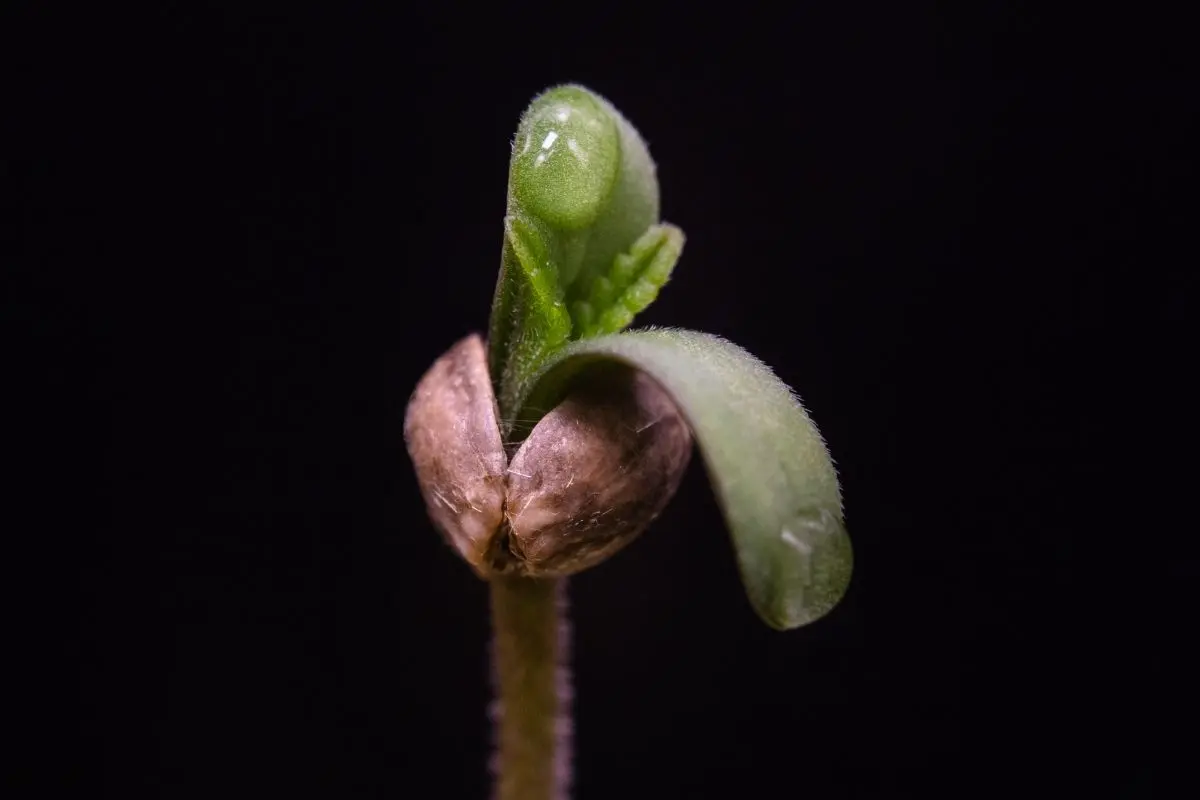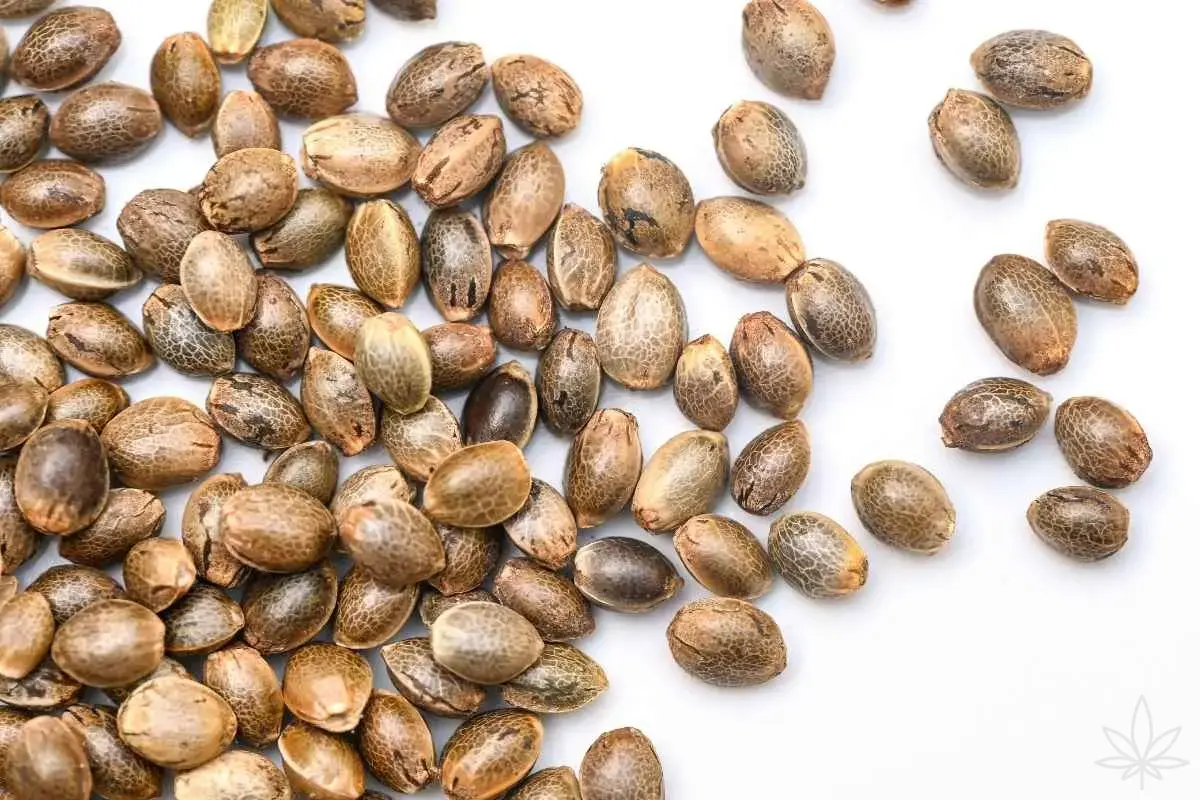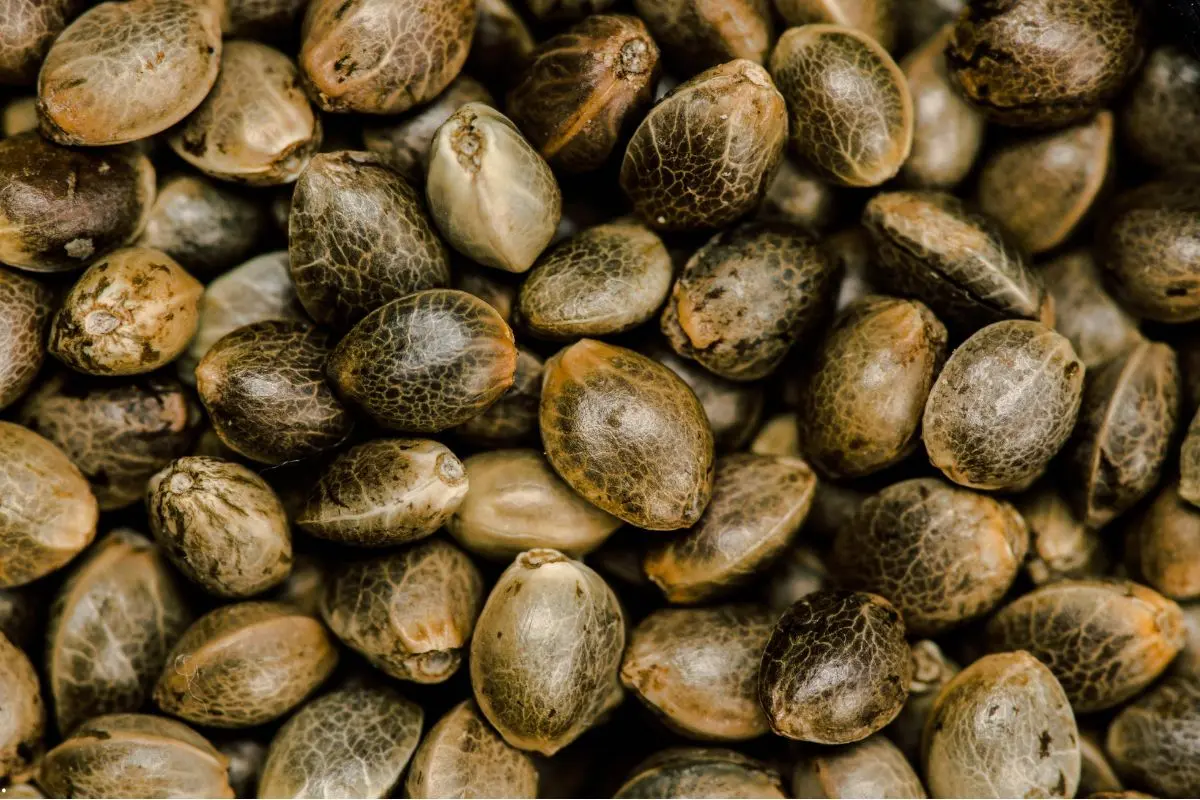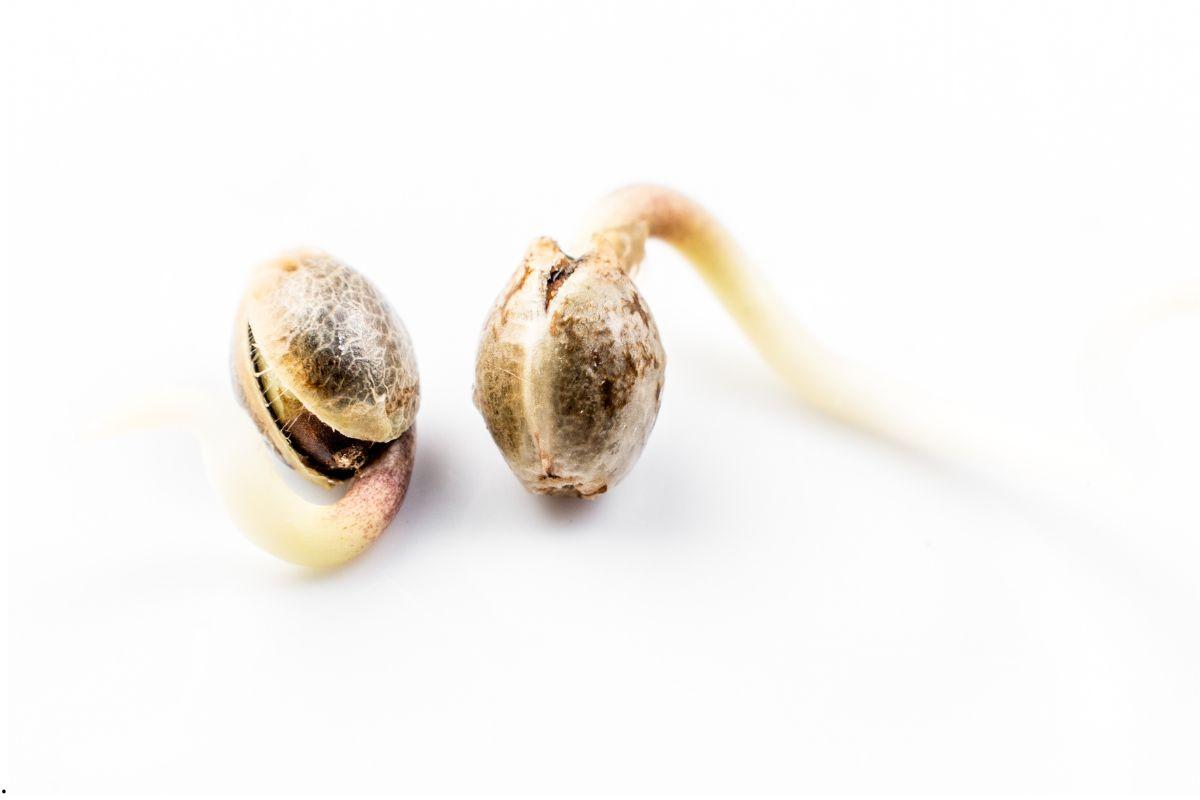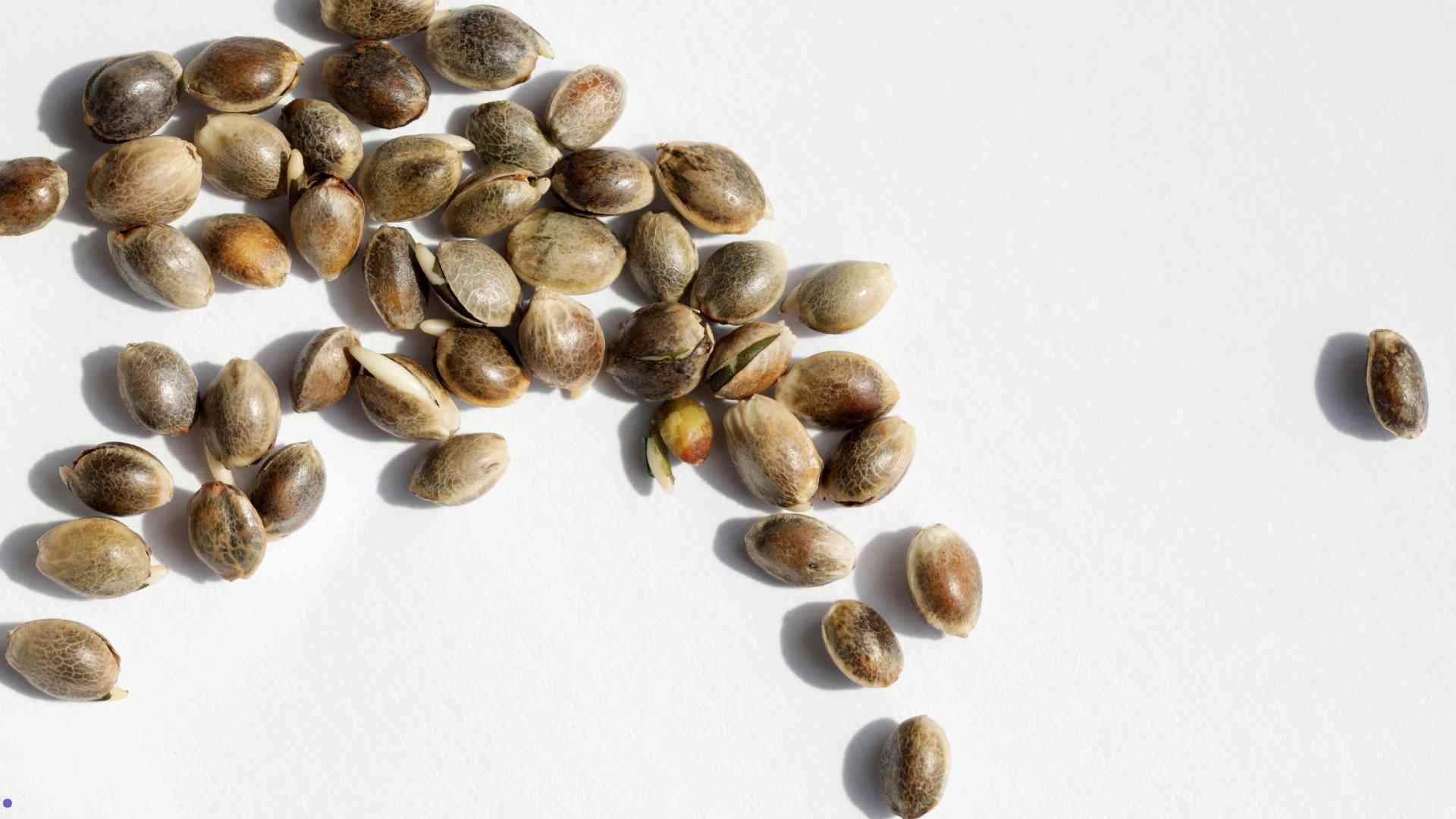Germination is a simple biological mechanism: the seed drinks water, activates reserves, and sends out a radicle. When one of the basics drifts too far, the start becomes uneven or stalls completely. Below is a concise map of the most frequent issues—no myths, no “magic,” just a clear view of what’s really happening.
1) Too wet / too dry
- Too wet limits oxygen at the embryo and young root; tissues more readily rot.
- Too dry interrupts hydration and metabolism at the kickoff—an embryo starts and then “freezes.”
Takeaway: the starting medium should be moist yet breathable. Stagnation and musty smell are red flags.
2) Compacted substrate structure
Overly compacted or “gummed up” media impede gas exchange around the seed and radicle. Seedlings grow slower, stay delicate, and tend to flop at emergence.
Takeaway: starts prefer structure (porosity), not “plasticine.”
3) Salt on day one
Excess nutrients in the germination zone irritate tender tissues and “burn” root hairs.
Takeaway: the first stage wants low salinity; the seedling’s real “food” is in its cotyledons.
4) Age, storage, and a hard seed coat
- Age/storage conditions affect vigor and germination energy.
- A hard, impermeable coat slows water uptake and cracking.
- Uneven starts across seeds are natural; over-handling usually makes things worse.
Takeaway: store seeds cool, dry, dark; at kickoff, leave them alone.
5) Hygiene and damping-off
Classic sign: the seedling emerges, the hypocotyl narrows at soil line, the plant collapses. It’s associated with microbes that thrive in extra moisture and stagnation.
Takeaway:clean tools, fresh media, air movement, and no “bogs.” Do not try to “resuscitate” affected samples.
6) “Helmet head” and stuck cotyledons
Sometimes the shell sticks on top like a helmet, and a thin membrane glues the cotyledons together. The usual driver is air humidity conditions right at emergence.
Takeaway: moderately humid air helps shed the “helmet.” Key rule: no yanking on delicate tissue.
7) Etiolation (“stretching”)
Too-weak or too-distant light makes seedlings stretch—long, thin, floppy stems that topple.
Takeaway: once above the surface, provide even, adequate lighting at a sensible distance.
8) Temperature without stability
Big temperature swings at the germination zone (overheating/chilling) derail embryo and root physiology.
Takeaway: favor stable, moderate conditions over sine waves.
9) Rushing transplants and touching the radicle
The primary root is like enamel—once damaged, it won’t regrow. Forcing transplants in the first days often ends in a crash.
Takeaway: if you must move anything, do it gently, with clean tools, and minimal root disturbance.
10) Myths and “shortcut hacks”
Scuffing seed coats with blades, random home brews, speed “tricks”—the risk of injury usually beats any gain.
Takeaway: the simpler and cleaner, the better. Biology doesn’t want fireworks at start-up.
11) Seed storage—the base for the whole season
The biggest enemy of viability is fluctuation: temperature, humidity, and constant container opening. A tight container plus a desiccant does more than most “hacks.”
Quick “what’s wrong?” matrix (yes/no)
- Is the medium moist yet porous?
- Is there air movement and cleanliness at the start zone?
- Is post-emergence lighting even?
- Were seeds stored properly?
- Are you avoiding handling the radicle and rushing?
That’s it. No magic—just the basics: water, oxygen, structure, stability, and hygiene. When these five hold the line, germination usually “just happens.”

